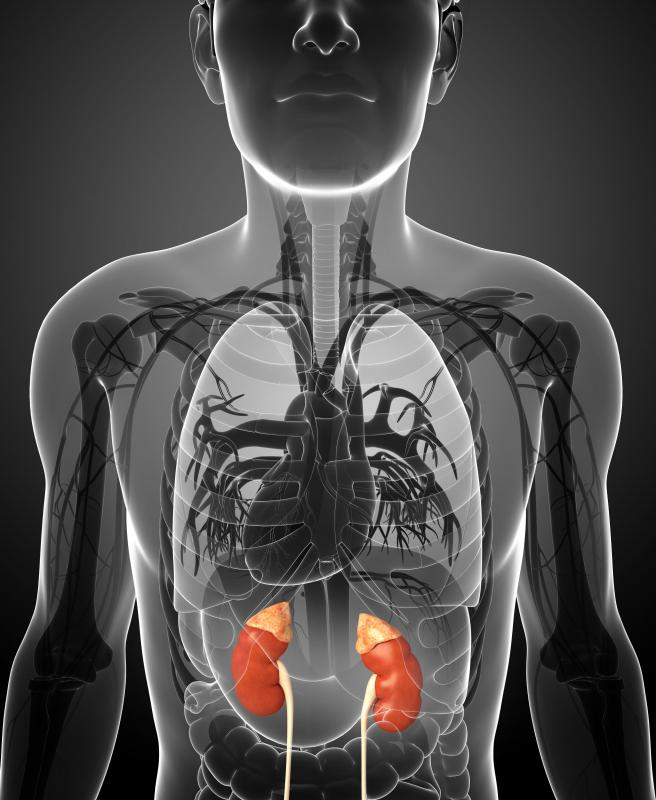At TheHealthBoard, we're committed to delivering accurate, trustworthy information. Our expert-authored content is rigorously fact-checked and sourced from credible authorities. Discover how we uphold the highest standards in providing you with reliable knowledge.
What is the Centrosome?
The centrosome is a cell structure involved in the cell cycle, a series of events that lead to cellular division. This structure, which is present only in animal cells, regulates the cell cycle but is not essential for its completion. The centrosome is also known as the microtubule organizing center of the cell, because cell division structures called microtubules are produced nearby.
The centrosome is situated beside the nucleus of the cell and is attached to it. The centrosome contains a pair of organelles called centrioles. The two centrioles are situated perpendicular to one another. Each centriole is composed of nine clusters of three fused microtubules, which are arranged in a ring formation. Microtubules are cylindrical structures that are involved in many cellular processes involving motion and transport within the cell.

Centrosomes help regulate mitosis, the process by which one cell separates into two identical copies of the original. There are four phases in the cell cycle. In G1 phase, the cell grows and prepares to replicate chromosomes. In S-phase, DNA is replicated. In G2, further preparations are made for the last phase, called M-phase, in which mitosis occurs.

During the S-phase of cell division, when DNA is replicating, the centrosomes and centrioles also divide and replicate. This produces two centrosomes, each with a pair of centrioles. The two centrosomes move to opposite ends of the nucleus of the cell.
Each of the centrosomes changes its form into a structure called a spindle. The spindles help double pairs of newly replicated chromosomes from the nucleus separate into single pairs, with a pair of each chromosome becoming associated with one of the spindles. Each centrosome and its associated spindle will form the nucleus of one of the new pairs of cells that result from cell division. This ensures that each new cell has the required 23 pairs of chromosomes.

Centrosomes have several other functions in addition to their roles in the cell cycle. In certain types of immature neurons, the location of centrosomes within the cells is the point at which the axon, or nerve fiber, of the cell begins to grow. This directional growth also is regulated by microtubules.
Another function for the centrosome is in organizing a cellular structure called a primary cilium. This structure is present on the surface of almost every cell of a vertebrate organism and is rooted in one of the cell’s centrioles. Primary cilia act as sensory receptors for many cell types. In epithelial cells of the kidney, they help regulate the flow of fluid through the organ. In olfactory neurons, primary cilia receptors detect odors, and in the eye, light-detecting rods are partially made up of these structures.
AS FEATURED ON:
AS FEATURED ON:














Discuss this Article
Post your comments